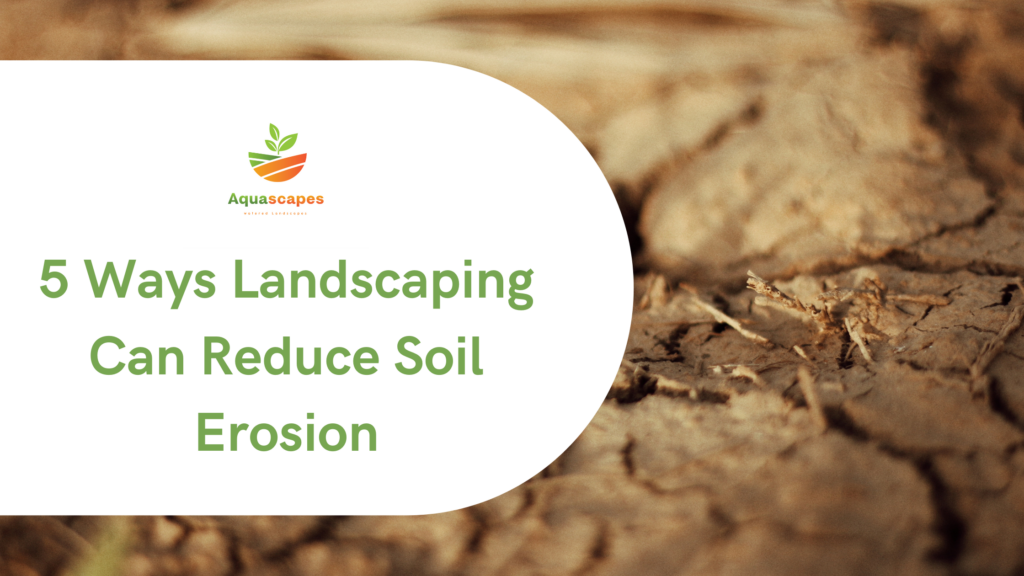5 Ways Landscaping Can Reduce Soil Erosion in Kenyan Gardens

Introduction
Soil erosion is a major challenge in Kenya, especially in sloped and high-rainfall areas. It depletes nutrients, weakens plant growth, and damages landscapes. Effective landscaping techniques can protect gardens from erosion while enhancing beauty and sustainability.
1. Planting Ground Cover and Grass
Fast-growing ground cover plants like vetiver grass, creeping thyme, and African violet hold soil in place. Their dense root systems stabilize the topsoil, preventing runoff. Lawns also act as a natural barrier against erosion.
2. Building Retaining Walls and Terracing
For sloped gardens, retaining walls made of stone, wood, or concrete slow down water flow and keep soil from washing away. Terracing creates flat planting areas, reducing water runoff and increasing soil absorption.
3. Using Mulching Techniques
Applying mulch, such as wood chips, straw, or compost, protects the soil from heavy rains and wind. It also improves moisture retention and prevents direct exposure to harsh weather conditions.
4. Creating Proper Drainage Systems
Poor drainage increases soil erosion. Installing French drains, soakaway pits, or gravel pathways directs excess water safely, reducing surface runoff and soil displacement.
5. Planting Trees and Shrubs
Deep-rooted trees and shrubs act as natural anchors, holding soil together. Indigenous trees like Acacia and Croton provide strong root structures, reducing soil erosion while enhancing biodiversity.
Conclusion
Landscaping plays a crucial role in preventing soil erosion in Kenyan gardens. By using ground cover, retaining walls, mulching, proper drainage, and trees, you can protect your soil while creating a beautiful and sustainable outdoor space. Implementing these strategies will keep your garden thriving, even during heavy rains.